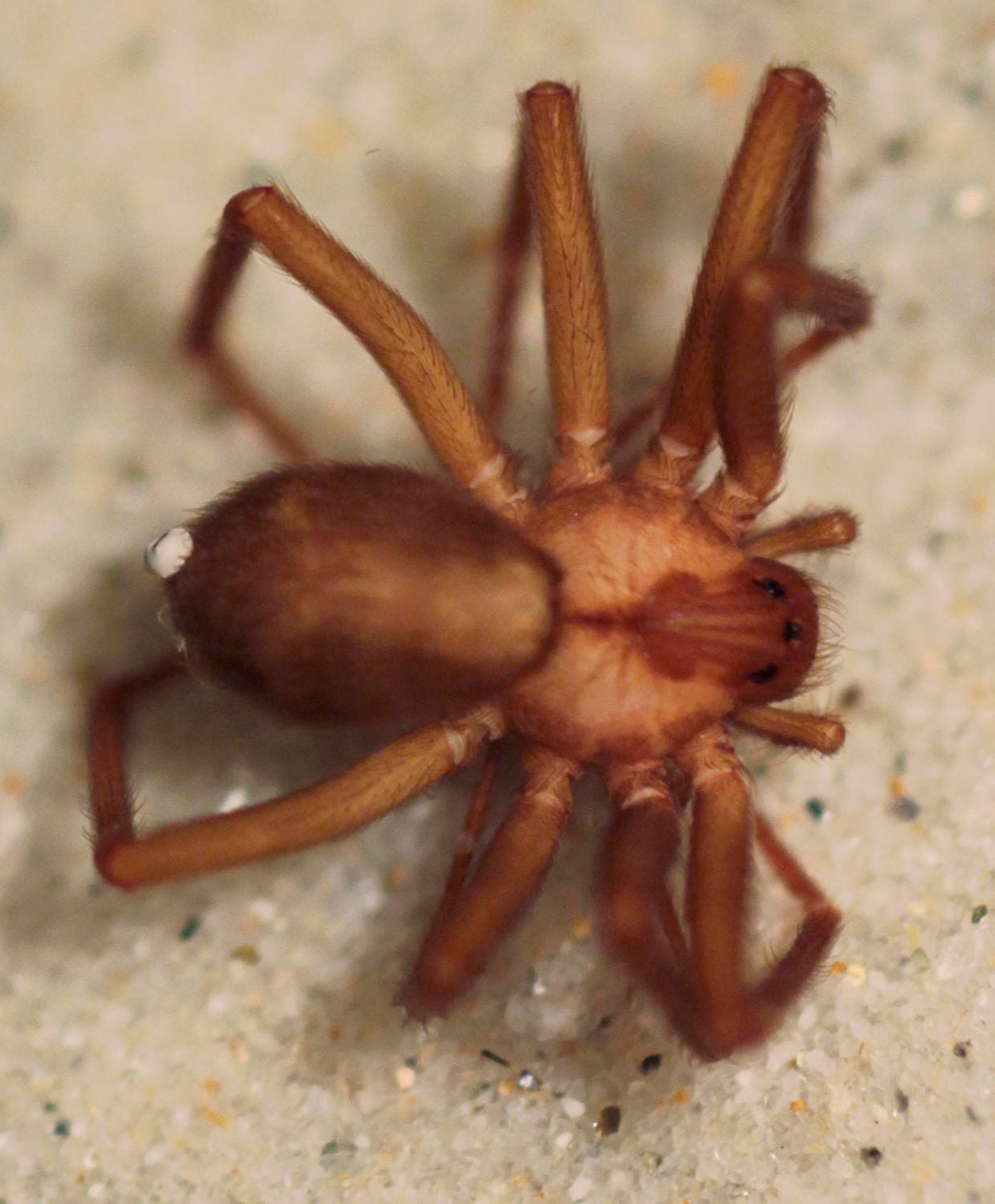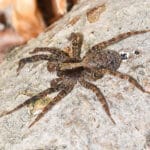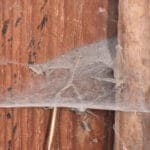Brown recluses. Just the name conjures up images of dangerous spiders lurking in the shadows. But how common are these spiders in Ohio? And how worried should you really be about encountering one?
This comprehensive guide separates fact from fiction, exploring the realities of brown recluse spiders in Ohio, the potential risks of their bites, and practical tips for minimizing your chances of an unwanted encounter.
Unveiling the Truth: Are Brown Recluses Really That Common in Ohio?
Brown recluse spiders (Loxosceles reclusa) are indeed venomous spiders found in Ohio. However, confirmed sightings are incredibly rare. While many people believe they’ve seen a brown recluse, misidentification is rampant. Many harmless brown spiders share visual similarities, leading to an exaggerated perception of risk.
Expert Insight: “In most cases, if you find a recluse here, it is likely that it was introduced by humans.” – Ohio’s Biting Spiders | spidersrule
Brown Recluse Bites: Understanding the Risks
While brown recluse bites can be dangerous, they are not aggressive and bites in Ohio are uncommon. Here’s what you need to know:
- Venom and Potential Effects: Brown recluse venom is necrotic, meaning it can cause tissue death around the bite area. This condition is known as loxoscelism.
- Bite Frequency: Bites are uncommon in Ohio due to the spider’s rarity and non-aggressive nature.
Expert Insight: “Luckily, Brown Recluse bites are rare in Ohio, and only bite if provoked.” – 3 Venomous Spiders in Ohio (2024) | birdwatchinghq.com - Circumstances of Bites: Most bites occur when the spider feels trapped or threatened, often in enclosed spaces like shoes or bedding.
Recognizing a Brown Recluse Bite:
Brown recluse bites are initially painless, making immediate identification difficult. Here’s how a bite may progress:
- Initial Bite: The bite itself often feels like a mild sting or may go unnoticed altogether.
- Hours Later: Redness, swelling, and mild pain can develop at the bite site.
- 1-3 Days: A distinctive “bullseye” pattern may appear, with a central blister surrounded by a red ring and a larger pale area.
- 1 Week+: The wound may ulcerate and take weeks or months to heal, potentially leaving a scar.
Important Note: Not all bites follow this exact progression. Some cause mild redness, while others rapidly progress.
Minimizing Risk: Coexisting with Brown Recluses
Understanding brown recluse habitats and habits is key to minimizing risk. Here are practical tips:
1. Know Their Preferred Hangouts:
- Indoors: Attics, basements, closets, storage boxes, and undisturbed corners.
- Outdoors: Woodpiles, sheds, under rocks, and debris.
2. Disrupt Their Hiding Spots:
- Reduce clutter in living spaces.
- Shake out clothing and bedding before use, especially if stored in undisturbed areas.
- Wear gloves when working in potential habitats like attics or woodpiles.
3. If You Suspect a Bite:
- Clean the bite area with soap and water.
- Apply a cold compress to reduce swelling.
- Seek medical attention immediately, especially for severe symptoms or if you’re unsure of the source of the bite.
Where are Brown Recluses Most Common?
While found in Ohio, brown recluses are more prevalent in the South-Central and Midwestern United States, in an area sometimes referred to as the “Brown Recluse Belt.” Southern Ohio, particularly along the Kentucky and West Virginia borders, sees a higher concentration than other areas of the state.
Important Note: Isolated sightings of brown recluses have been reported in other states, but these occurrences don’t necessarily indicate established populations.
For more fascinating information about other creatures, visit our page on the bothrops insularis snake.
If you’re a Florida resident, be sure to check out our in-depth article on the brown recluse spider, a species prevalent in the state.
- Unlock Water’s Symbolism: A Cross-Cultural Exploration - April 20, 2025
- Identify Black and White Snakes: Venomous or Harmless? - April 20, 2025
- Unlocking Potential: Origins High School’s NYC Story - April 20, 2025















